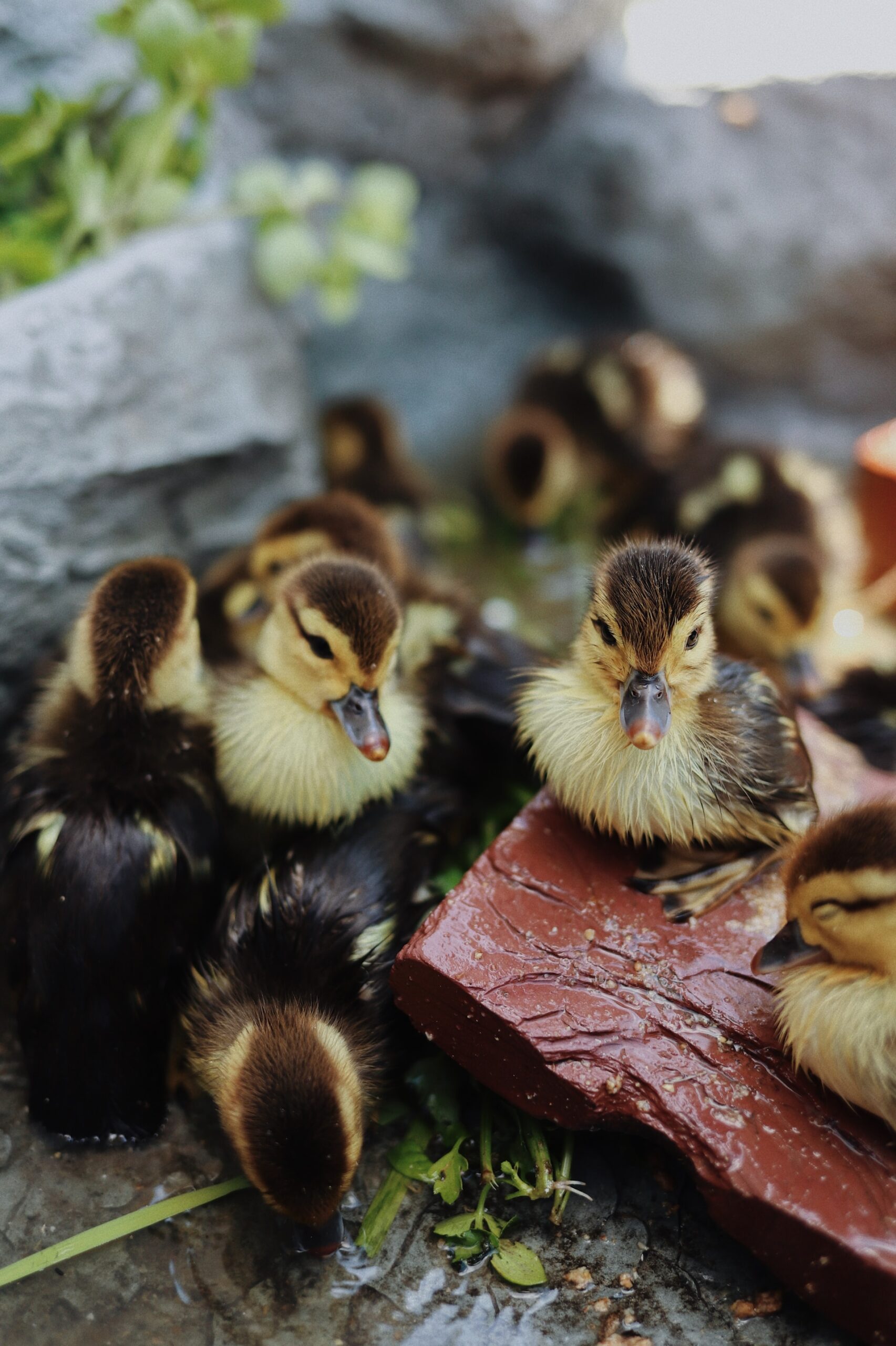Planning and Designing Your Wildlife Pond
Whether you’re striving to attract frogs, birds, dragonflies, or aquatic plants, fostering a natural haven in your backyard starts with careful planning and designing of your wildlife pond. The first step is taking stock of your available garden space, and deciding which native species you’d aim to enthrall. According to the Michigan Department of Natural Resources, it is key to tailor your pond to the specific habitat needs of these species.
Several factors need to be considered during planning. Sunlight exposure plays a crucial role, as sunlight facilitates the growth of algae and aquatic plants, both of which can serve as food sources for a variety of wildlife. The type of soil in your garden is another consideration. Clay soil proves to be an excellent pond base, holding water effectively. Be sure to check the source of your water before setting up the pond, as water from some sources may contain substances detrimental to wildlife.
Key Resources for Pond-Building Materials
A blend of the right materials is the foundation for a thriving ecosystem. Experts from the Virginia Department of Game and Inland Fisheries mention that pond liners, rocks, and native aquatic plants are some of the vital ingredients.
Pond liners are often the first item in the shopping list. These can be procured from local hardware stores, while rocks can be purchased from landscape suppliers. Rocks function not only as an anchor for the liner, but also offer shelter to many pond animals. In selecting plants for your pond, native species are the best as they will thrive with minimal effort. A local nursery is the perfect place to find such floras that would enhance your pond’s ecosystem.
Installing Your Wildlife Pond
Building your wildlife pond begins with the excavation. Start by digging according to your design, ensuring you create areas of different depths to cater to varying species. Next, lay the pond liner and secure it with rocks.
Take great care in incorporating safety features into your design. A gentle slope or a rock ramp on one side of the pond, for example, allows critters an easy escape route if needed. Once your pond is filled, installing your chosen aquatic plants completes the process.
Maintaining Your Wildlife Pond
The creation of your wildlife pond is only the beginning. Maintenance plays an equivalent role in preserving your aquatic paradise. This includes controlling the growth of algae, ensuring the water remains clean, and diligently caring for the plants.
Seasonal changes also call for varying tasks. During autumn, for instance, keeping your pond free from fallen leaves is crucial. This not only keeps the water clean but also prevents excess decomposing matter which could disrupt your pond’s balance.
Building and maintaining a wildlife pond can be a fulfilling project. Not only does it enhance your backyard, but it also contributes significantly to local wildlife conservation. In the grand scope, every wildlife pond matters.

